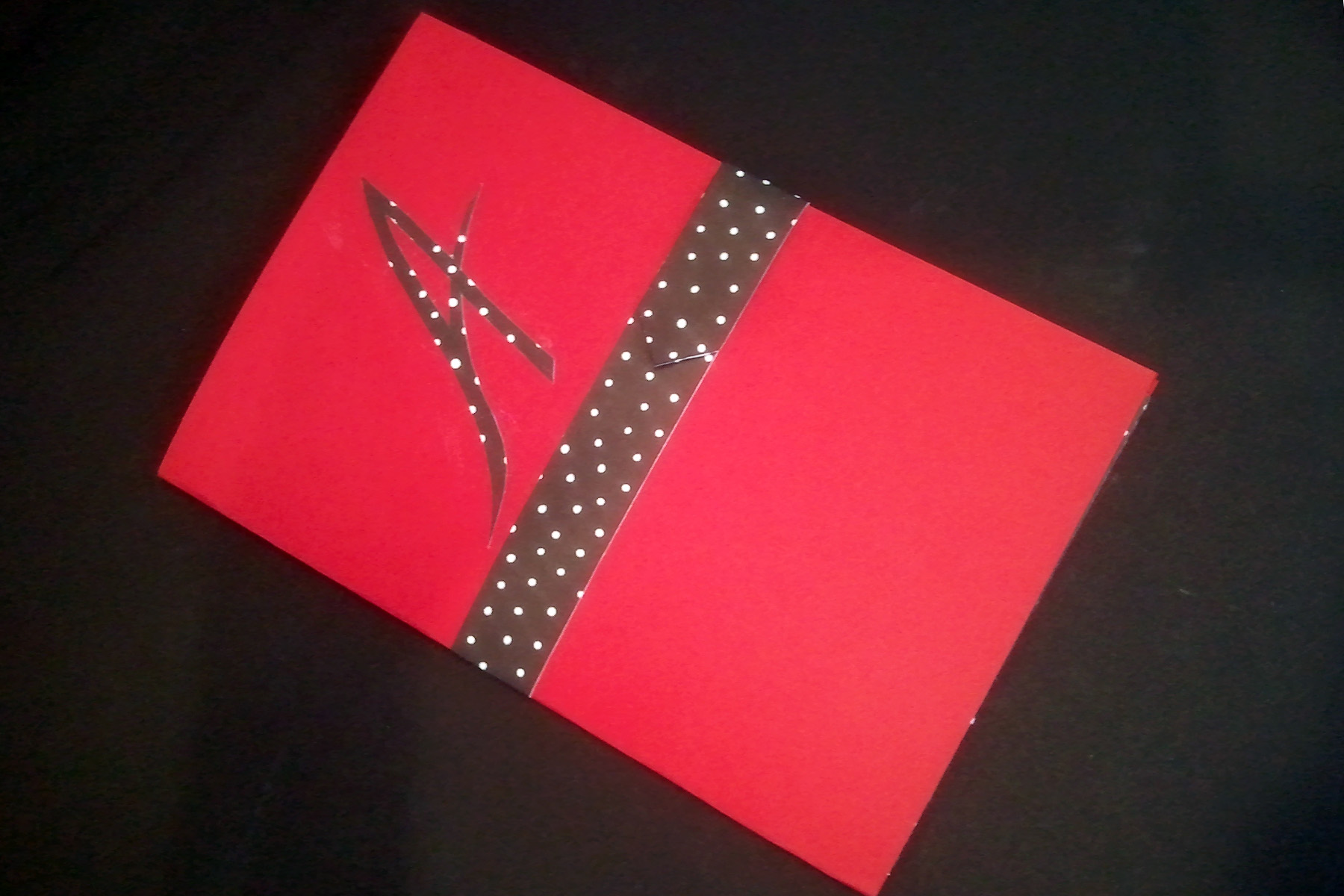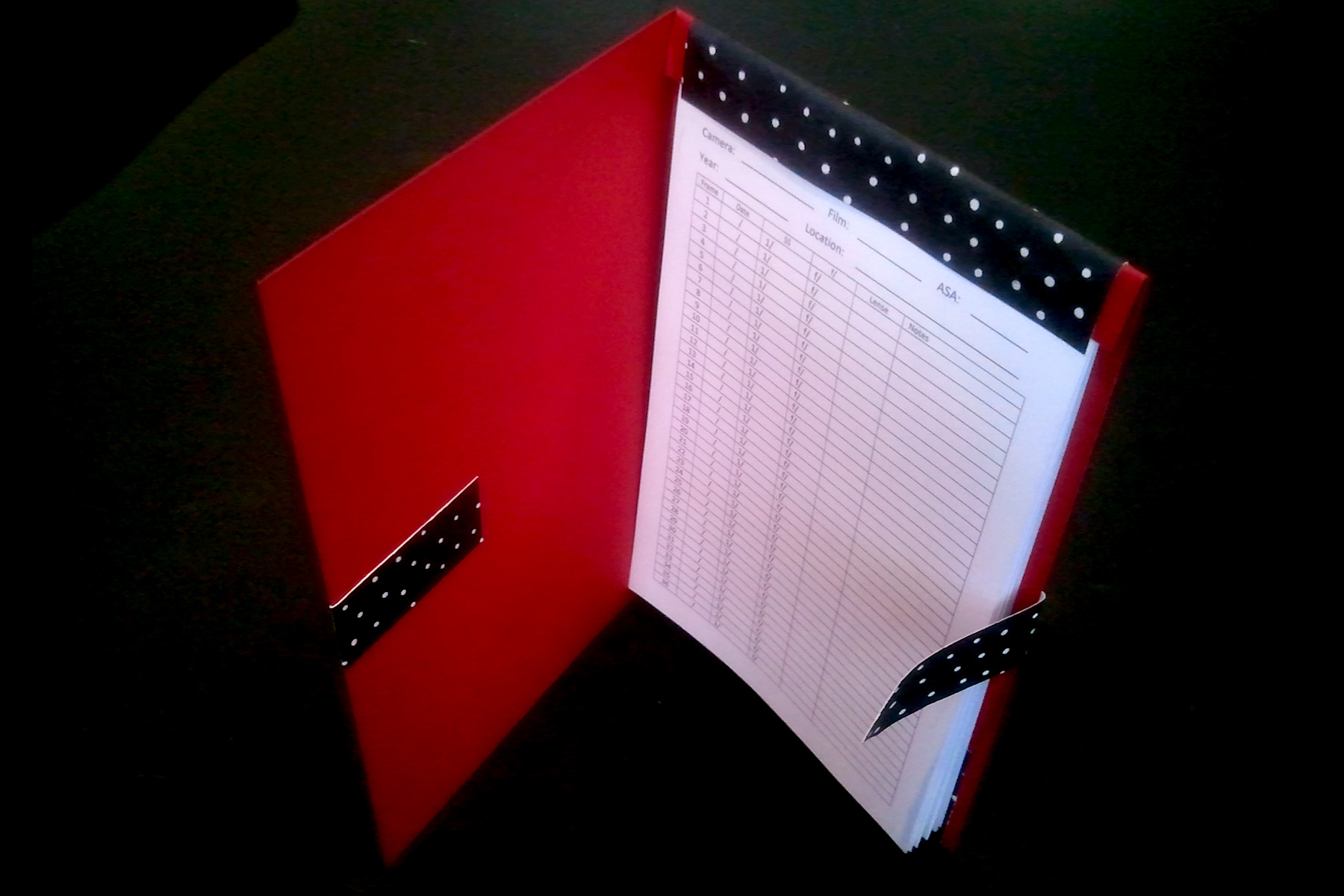
Exposure settings have everything to do with how an image looks after a photographer makes it. In theory there are various technically correct exposure settings, but the settings a photographer chooses depends on their vision for the final image. When I started taking photography classes over 25 years ago, there was no such thing as a digital camera, and, for that matter, none of the settings on my old Pentax were automated. I had to manually adjust the ISO/ASA film setting, and I had to learn how to manually adjust the shutter speed and aperture to make technically correct images.
Still prior to the digital camera revolution, traditional film cameras became more and more automated, requiring less and less knowledge of proper exposure settings for photographers. Unless a person chose to shoot in full-manual mode, the camera metered the light and adjusted the exposure settings accordingly.
When using a digital camera, recording the exposure settings is simple – the camera does it for you with EXIF settings. The display on my camera looks like this when I expose an image – telling me the shutter speed, aperture setting, ISO setting, white balance setting, and pretty much every other setting possible. When images are downloaded from a digital camera, the EXIF settings are downloaded, as well, making accessing them quite easy.
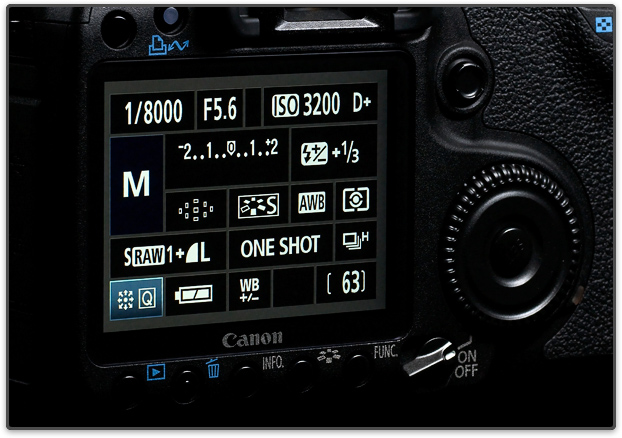
Film cameras, on the other hand, are a completely different monster. If you want to know the exposure settings for an image you made, you had to have written them down at the time of exposure (unless you are some sort of genius and can remember all that stuff). In every photography class I have ever taken, I have been required to know the exposure settings for each image I made, and to this day, I have not taken a photography class utilizing digital technology.
This term, I am taking Beginning Photography, which is a black and white film photography class. I applied to have this requirement waived based on my previous experience and knowledge, but the professor denied my request. I am glad I am taking the class now, because I am being forced to really *think* about each image I make, rather than being lazy and letting the camera do all the work for me. I am having to physically record the settings for each image as I make it, which is allowing me the time to stop and really think about the images I am creating.

One problem I ran into when the term started was that I didn’t have an easy way to record the exposure settings for each roll of film I shot. I did some research and found several Exposure Record Forms I liked and adapted them into one to fit my needs. Click HERE to download the one I made.
Me being me, and being the somewhat (okay totally) OCD person I am, I knew I wouldn’t be able to just staple a few forms together and throw them in my camera bag. It would drive me nuts. So, I employed my scrapbooking skills and made myself a cute little book. I printed the forms double-sided and then cut them in half and made this book, which fits easily in my camera bag. Adding the cover protects the actual data from the elements, prevents the paper from getting rumpled, and helps me keep everything straight.
The form allows me to write down the shutter speed, aperture setting, and lens focal length for each image, and it also provides a “notes” section so I can record weather information, subject information, or anything else I believe to be important for the image.
It’s totally cheesy, but I like it, and I guarantee I will always be ale to find it! 🙂
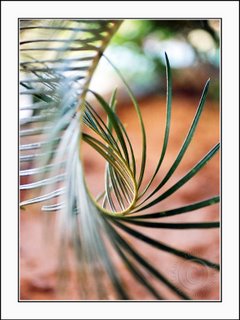
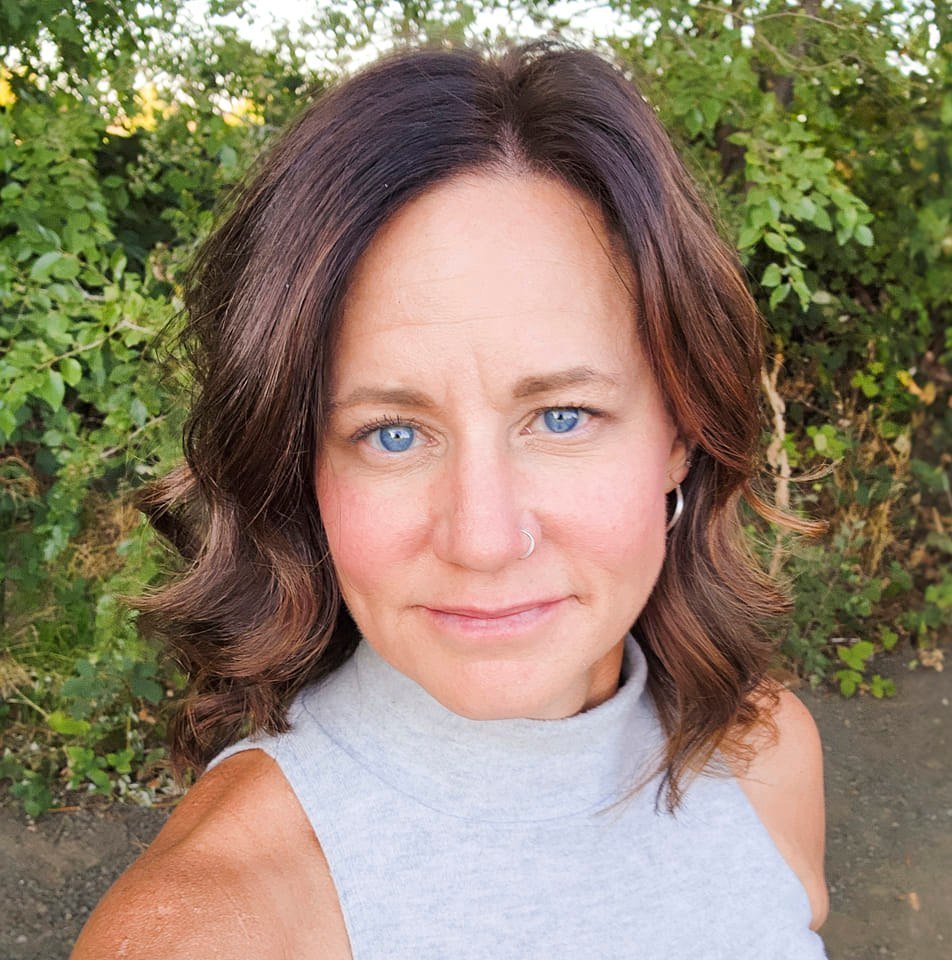
Nature Girl. Mom. Wife. Friend. Photographer. Sewer. Crafter. Artist.
To borrow a phrase – “Yeet Ye Riche”
